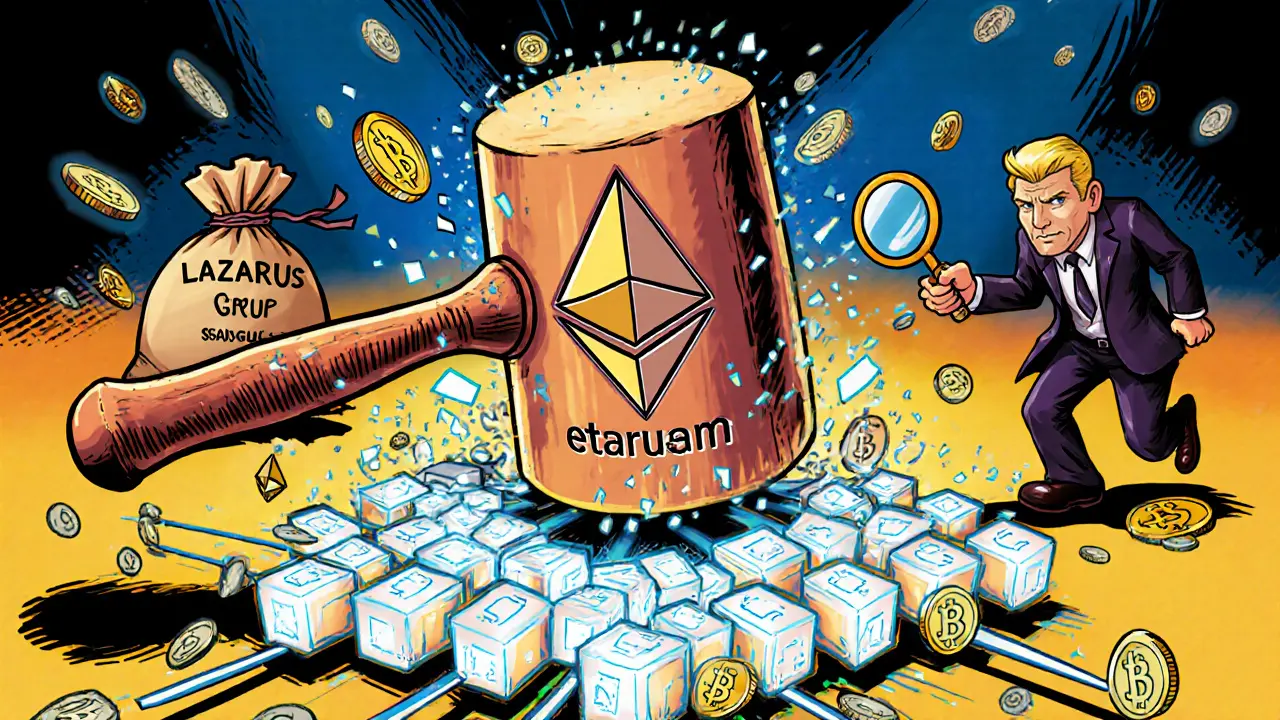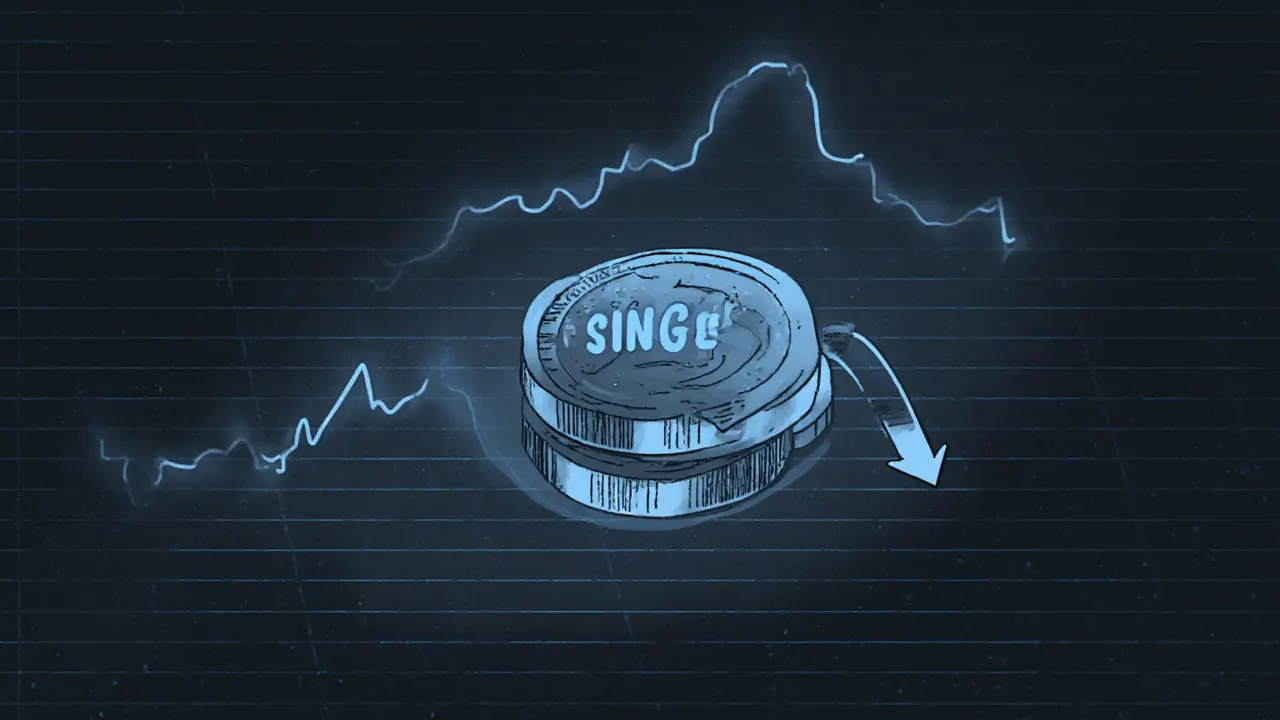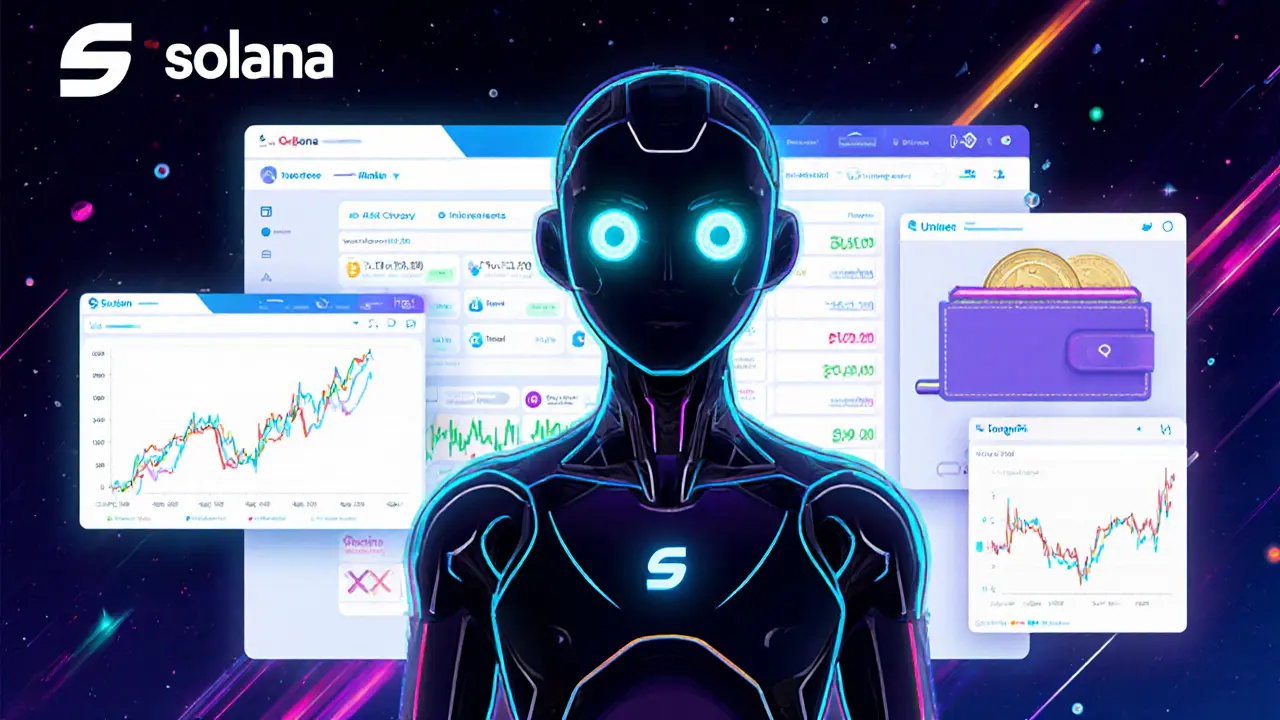The U.S. sanctioned Tornado Cash in 2022 for laundering billions in crypto, including funds from North Korean hackers. This landmark case raised legal questions about regulating decentralized code-and changed crypto privacy forever.
Cryptocurrency: What It Is and Why It Matters
When talking about Cryptocurrency, a form of digital money that uses cryptography to secure transactions and manage the creation of new units. Also known as crypto, it runs on Blockchain, a distributed ledger that records every transaction in a tamper‑proof way. Cryptocurrency encompasses blockchain technology, while blockchain requires consensus mechanisms to stay trustworthy.
How Exchanges, Tokens, and Airdrops Fit Together
Every crypto holder eventually faces a Crypto Exchange, a platform that lets you swap one token for another. Exchanges need robust security protocols—like the double‑spending safeguards highlighted in many of our articles—to protect users and keep the network honest. Tokens, the individual assets on a blockchain, earn value from utility, scarcity, or community demand. When a new token launches, developers often run an Airdrop, distributing free coins to early supporters; this boosts initial liquidity and spreads awareness.
Understanding these pieces helps you read market analysis with confidence. For example, a post about block rewards vs. transaction fees shows how miners and validators stay incentivized, which directly affects token price stability. Another guide on double‑spending explains why exchanges lock funds for multiple confirmations before crediting a user—a practice that blends security with user experience.
Our collection also covers niche topics like the legal landscape in Nepal, the tech behind fast one‑second block coins such as SedraCoin, and the environmental angle of green tokens like OXYLON. Each article dives into a specific angle—whether it’s a deep dive into a token’s supply mechanics or a review of a regional exchange’s fees—so you can see how the broader concepts play out in real projects.
By the time you finish reading the pieces below, you’ll have a practical toolbox: you’ll know how to assess exchange safety, spot red flags in airdrop promises, and read on‑chain metrics that signal a token’s health. This foundation lets you move from curiosity to informed action, whether you’re trading, investing, or just exploring the crypto world.
Ready to explore? Below you’ll find a curated set of guides, coin deep‑dives, and exchange reviews that turn abstract concepts into actionable knowledge.
- 21 Nov 2025
- Elara Crowthorne
- 0
What is Single Finance (SINGLE) crypto coin? Token basics, market status, and DeFi role in 2025
Single Finance (SINGLE) is a Cronos-based DeFi token for yield farming and governance, but as of 2025, it's in steep decline with near-zero trading volume and no visible development. Is it worth holding?
- 21 Nov 2025
- Elara Crowthorne
- 1
What is Single Finance (SINGLE) Crypto Coin? Token Details, Market Status, and DeFi Role in 2025
Single Finance (SINGLE) is a low-volume DeFi token on the Cronos blockchain focused on yield farming and governance. As of 2025, its price is falling, liquidity is thin, and user adoption is minimal-making it a high-risk, low-reward asset.
- 20 Nov 2025
- Elara Crowthorne
- 1
What is ArbitrageCT (ARCT) Crypto Coin? The Full Story Behind a Dead Token
ArbitrageCT (ARCT) was launched in 2017 as an automated crypto arbitrage tool, but today it has zero trading volume, no community, and no updates. It's a dead token - not a scam, but a complete failure.
- 18 Nov 2025
- Elara Crowthorne
- 2
What is x1000club (X1000) crypto coin? A real look at the AI-powered Solana token
x1000club (X1000) is a Solana-based AI trading tool for crypto traders, not just another coin. It offers live AI analysis, video summaries, and staking rewards - with real features already live in 2025.
- 14 Nov 2025
- Elara Crowthorne
- 9
What is Fire Lotto (FLOT) Crypto Coin? A Real-World Look at the Blockchain Lottery That Faded
Fire Lotto (FLOT) was once a pioneering blockchain lottery with a 70% prize pool, but today it's nearly dead. With no updates since 2021, low trading volume, and widespread withdrawal complaints, FLOT is a cautionary tale in crypto.
- 14 Nov 2025
- Elara Crowthorne
- 9
What is Yotoshi (YOTO) crypto coin? The meme coin built on a Satoshi conspiracy
Yotoshi (YOTO) is a satirical memecoin built on the joke that Kaspa co-founder Yoto is Satoshi Nakamoto. With a $70k market cap and near-zero liquidity, it's a crypto inside joke - not an investment.
- 1 Nov 2025
- Elara Crowthorne
- 20
Vietnam’s $91 Billion Crypto Flow: How It’s Happening Despite Restrictions
Despite strict restrictions, Vietnam sees over $91 billion in annual crypto inflows driven by remittances, gaming, and P2P trading. Here’s how it’s working - and why the government isn’t stopping it.
- 29 Oct 2025
- Elara Crowthorne
- 24
Crypto Adoption in Russia: How Sanctions and Regulation Shape Digital Currency Use
Over 20 million Russians use cryptocurrency despite strict laws banning its use as payment. Sanctions, inflation, and blocked banking systems drove adoption. Bitcoin and stablecoins dominate, while peer-to-peer trading thrives in a legal gray zone.
Explore why rumors of 3 million crypto holders persist in Egypt despite a strict ban, the legal penalties, enforcement challenges, and signs of possible regulatory change.
Explore how U.S. law punishes crypto money laundering, why sentences can reach 20 years, recent case examples, and trends shaping future penalties.
- 19 Oct 2025
- Elara Crowthorne
- 16
Understanding Nepal’s Cryptocurrency Ban Under the 1962 Foreign Exchange Act
A detailed look at Nepal's strict cryptocurrency ban, its legal basis under the 1962 Foreign Exchange Act, penalties, enforcement challenges, and future outlook.












